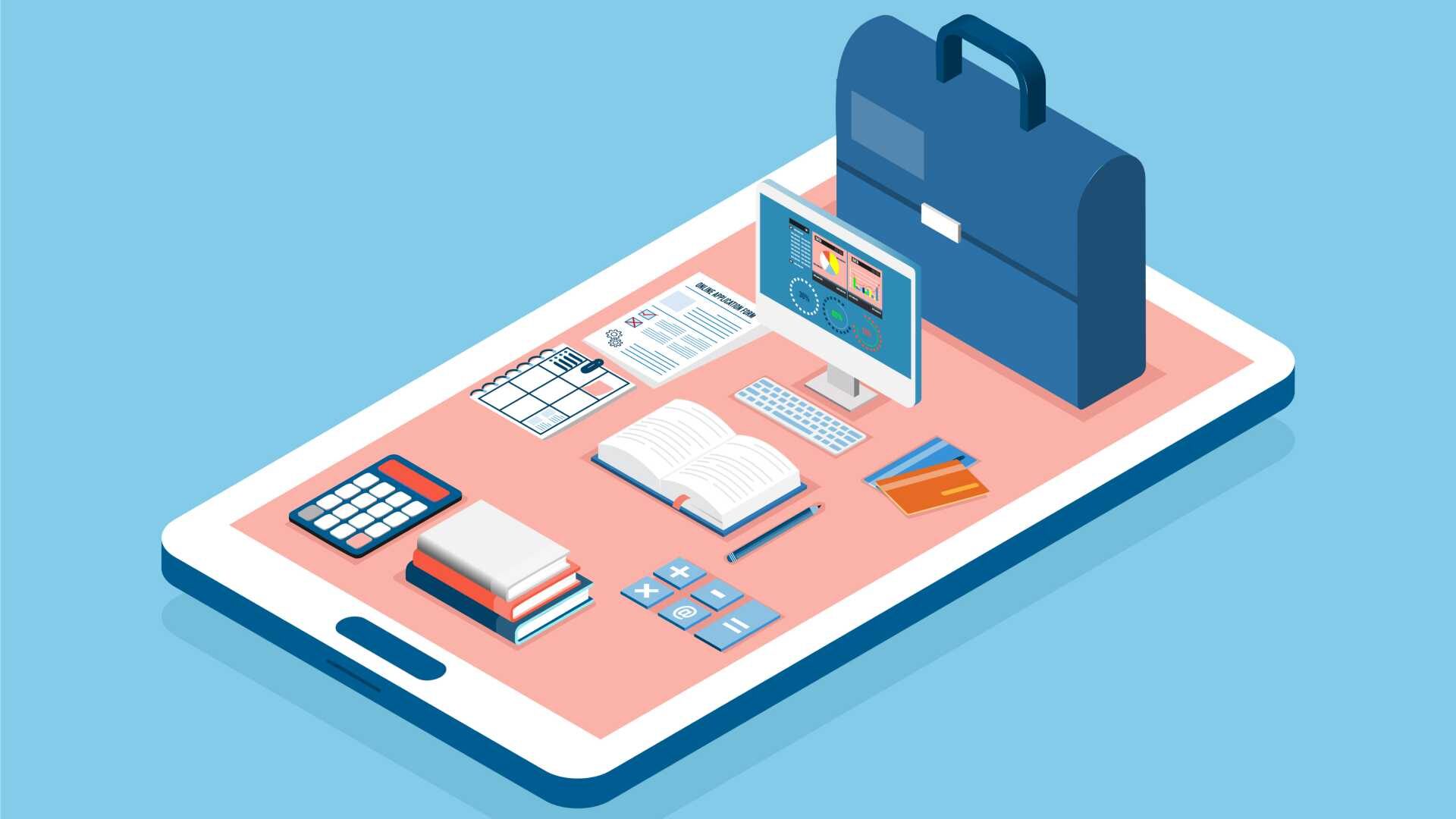According to McKinsey research, the majority of companies worldwide (87%) are aware that they either already have a skills gap or will have one within a few years. In practice, talent and skills shortages may lead to unfulfilled business goals, slowed growth and reduced competitiveness.
Fortunately, the emergence of ed-tech and the availability of corporate eLearning software enables enterprises to meet this challenge. In particular, organizations may consider implementing corporate educational software for more effective, consistent and quick employee learning.
This article covers seven types of eLearning software that an enterprise may build and deploy for more effective training. However, to ensure the highest development return on investment (ROI), we recommend partnering with an eLearning technology provider before implementation.
1. Learning Management Systems
Learning management systems (LMSs) are multifunctional digital platforms that enable an organization to set up, customize and manage a full-fledged learning process. For instance, an LMS provides features and a user interface for creating training programs and dashboards for tracking employees’ progress and results.
In addition, LMS solutions can include the following features and capabilities:
- Learning session scheduling: An instructor may design a course and create an electronic schedule available to all trainees.
- Discussion boards and forums: Employees can chat with instructors, and each other, asking questions and getting advice, which contributes to learning.
- Videoconferencing: Instructors may run online sessions in video format, enabling effective learning for even remote and distributed teams.
Implementing an LMS may be considered the natural step for enterprises aiming at enhanced and optimized employee learning. With an LMS, an enterprise may quickly expand its educational tech stack by integrating new software solutions into LMS. Thus, an LMS serves as a basis for a more future-proof and effective learning ecosystem.
2. eLearning Portals
Typically, an eLearning portal serves as a single point of access, enabling employees to attend online courses. Depending on the business goals and requirements of an organization, the portal may also provide the following functionalities:
- Content management: Using content creation and management tools, instructors can build, structure and catalog courses, enhance them with multimedia, add descriptions and gather feedback from past trainees.
- Configuring portal access: An organization may determine options for how employees access learning materials on a corporate portal. For example, an organization may implement multi-device login access or enable employees to attend courses through their social media accounts.
- Tailoring the learning experiences: Enterprises may utilize eLearning portal features to personalize a learning process. They can make it more engaging and interactive with gamification or enable social learning.
- Administrative features: Organizations can manage their eLearning portals and users using built-in administrative panels.
- Analytics: With intuitive analytics dashboards, instructors may track employee progress and performance according to the preconfigured key performance indicators (KPIs).
Additionally, a portal may be integrated with other systems, thus further advancing learning management. For example, an integration with an LMS enables instructors to build schedules and edit training materials via a portal’s interface. Alternatively, when a portal is connected to an human resource management (HRM) system, instructors may use data on employee roles and interests to improve courses.
3. Learning Content Management Systems
Unlike the LMS, which is aimed at managing learning and tracking employee progress, the focus of a learning content management system (CMS) is to provide tools for gathering, editing and archiving content. After that, organizations may use CMS to publish the content and deliver it to employees in a preferable format type (HTML, Word doc, PDF, etc.).
Like eLearning portals, learning CMSs may be integrated with an LMS, HRM platform or another existing business system. Thus, an organization may further expand the capabilities of its digital educational ecosystem.
4. Learning Experience Platforms
Unlike previous types of software, learning experience platforms (LXPs) focus on improving and tailoring the learning experience, increasing training effectiveness, and enhancing employee engagement.
On one level, an LXP may utilize in-built artificial intelligence (AI) capabilities to analyze and index all available content across the entire eLearning ecosystem. In parallel, an LXP may analyze employee data, such as skills and job roles, to define and allocate the most relevant content for each particular employee.
Finally, if an LXP provides the required functionality, it may also deliver AI-based recommendations to instructors. The latter may use these recommendations to develop course plans and customize training based on employees’ needs.
5. mLearning Apps
An organization may develop an eLearning app for iOS and Android platforms and, if needed, integrate it with other elements of the educational ecosystem. Gamification, microlearning or mobile-specific features such as notifications can help make educational content more accessible and can enhance learning.
6. Virtual Classrooms
A global enterprise can hardly establish an effective learning process without providing the right collaboration tool for geographically dispersed employees and instructors. In this case, a virtual classroom concept may come in handy.
A virtual classroom fulfills the role of a virtual educational environment, thus enabling employees and their instructors to run individual or group sessions in real-time. Virtual classrooms, equipped with virtual conferencing and document and screen sharing capabilities, enable ongoing education regardless of location or distance.
7. Proctoring Tools
Generally, proctoring solutions represent web-based platforms, enabling organizations to build and run online tests and exams. These can help organizations maintain the highest level of transparency throughout the learning process, providing employee identity authentication and real-time audio, video and browser monitoring capabilities.
Final Thoughts
Without the right skills, employees can’t contribute to the organization’s business goals, leading to reduced competitiveness and slowed business growth. Implementing the right learning technology, whether it’s an LMS, eLearning portal, LXP or virtual classroom, is one of the best ways to bridge skills gaps and enable a more efficient, ongoing learning environment for everyone.









